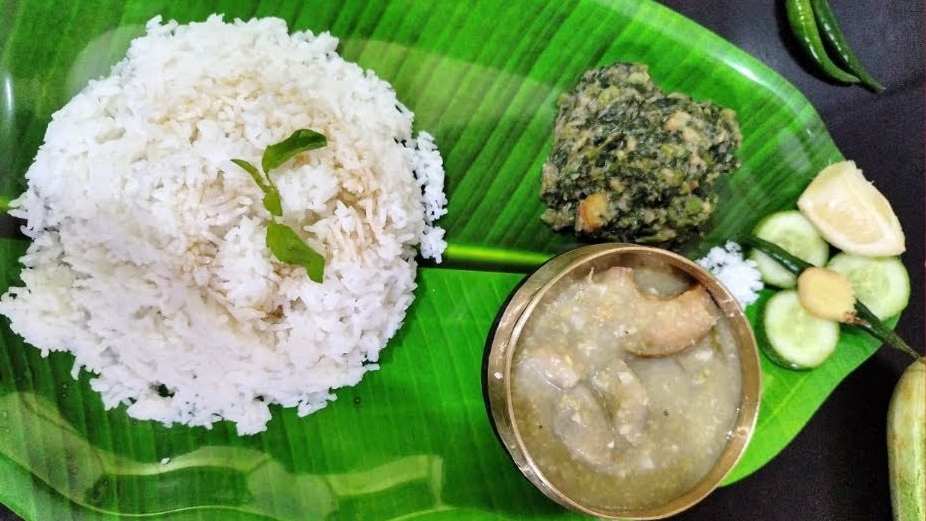

Satyanarayan Mohapatra / Ayush Mishra
As the crisp air of autumn descends upon Odisha, a shift occurs, not just in the weather, but in the hearts and kitchens of its people. The arrival of Kartik, the eighth month in the Hindu calendar, ushers in a period of profound spiritual significance, marked by a unique dietary practice known as "Habisa." For a dietician and food technologist, this month presents a fascinating case study in the interplay between tradition, nutrition, and well-being.
Imagine the vibrant tapestry of Odisha's culinary landscape transforming as families embrace a predominantly vegetarian diet, abstaining from animal proteins and fats, particularly on Mondays. This voluntary shift, rooted in deep-seated cultural and religious beliefs, offers a compelling opportunity to explore how the body adapts to dietary changes and how nutritional balance can be maintained during this period.
From a physiological perspective, Kartik coincides with the transition from the humid monsoon season to the dry winter. This shift necessitates a corresponding adjustment in the body's metabolic processes. By reducing the intake of animal fats, we facilitate this transition, allowing the body to efficiently utilize stored fats and prepare for the colder months ahead.
Furthermore, the practice of intermittent fasting, often observed on Mondays, triggers autophagy, a cellular recycling process that eliminates damaged cells and promotes metabolic efficiency. This natural detoxification mechanism aligns with the spiritual emphasis on purification and rejuvenation during Kartik.
A nutritional balancing cct
The challenge for a dietician during Kartik lies in ensuring that the restricted diet remains nutritionally adequate. Let's delve into how we can achieve this balance:
Kartik's significance extends beyond individual health. The restriction on fishing during this period allows aquatic life to replenish, contributing to ecological balance. Furthermore, the shared observance of Habisa fosters a sense of community and reinforces cultural identity.
As we navigate the culinary and cultural nuances of Kartik in Odisha, we witness a harmonious blend of tradition, spirituality, and nutritional wisdom. This month serves as a reminder that food is not merely sustenance, but a powerful tool for physical, mental, and spiritual well-being.